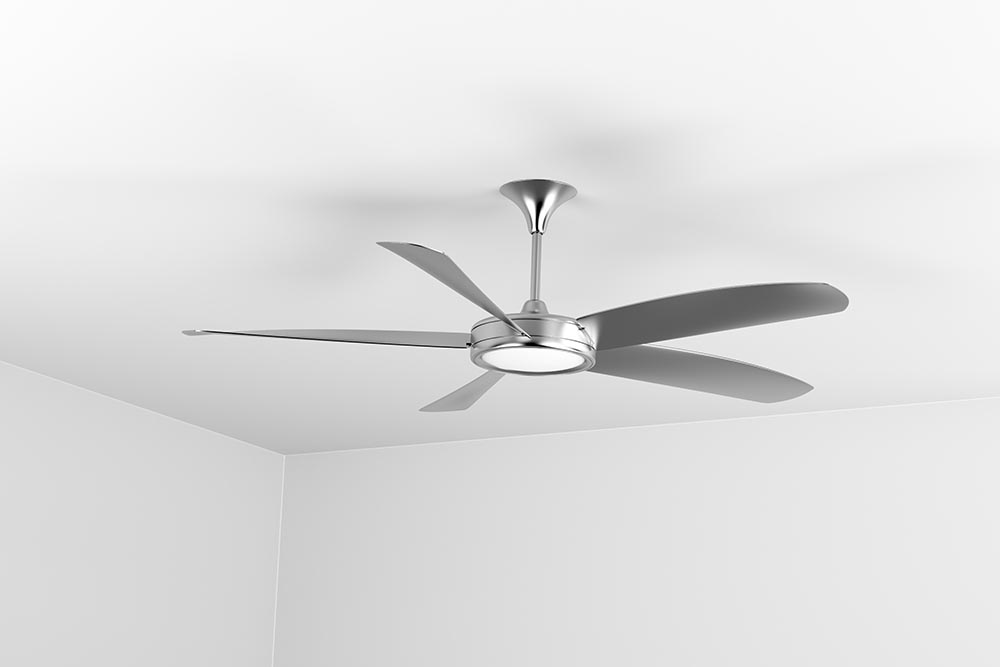There’s no question that ceiling fans offer an array of benefits. They can help cool off a room or space, and many are aesthetically appealing. However, if you are thinking about installing these, you may wonder how much energy they use.
Keep reading to learn everything you need to know about ceiling fans and energy consumption.
Why the Watts Matter
While many fans are different, there is one thing they all have in common – electric motors that are rated using watts. This is how much power is needed to run the fan.
Today’s ceiling fans can be found in an array of sizes and shapes. The most common sizes used today include 23-inch fans for smaller rooms, 44-inch fans for an average sized room, and 52-inch fans for larger rooms. You can also order specialty fans in larger sizes, if needed.
Something that may be surprising is that there’s not much correlation between the size of the blades and the wattage of a ceiling fan. For example, the smaller fans (on average) consume 54 watts when turned on to full speed and the larger fans average 58 watts when turned on at full speed.
This is barely a four-watt difference.
If you turn the fans on at a lower speed, the larger ones outperform the smaller ones when it comes to energy efficiency, which is also somewhat surprising.
Smaller Fans Don’t Mean Less Energy Consumption
If you are trying to choose a new fan, you shouldn’t base the decision on the belief that if you install a smaller fan it is going to help you save money on your electric costs. In fact, the cost of running a small vs. large fan is virtually identical.
Save Energy with Energy Star Rated Ceiling Fans
You can find Energy Star rated ceiling fans, which are considered high efficiency by the Environmental Protection Agency. There are many of these fans that are considered extremely low power, with some using under 30 watts when turned on at full power. The biggest downside of these fans is that they cost more. You’ll find that a base model often comes with a price take that runs in the $400+ range.
Don’t Forget About the Light Bulbs
The lights on a fan may seem like an afterthought more than anything else. Even the government believes this, because the EPA does not take into consideration the watts that the lights draw when creating the EnergyGuide tags.
However, you do need to think about this when making a purchase. If the fan uses incandescent bulbs, this adds another 60 watts per bulb. For the standard A19 light bulbs, the most power efficient is an LED replacement. A 60-watt replacement will draw just 9 watts.
If you want to ensure you get the most energy efficient ceiling fan possible, use the tips here. It’s also a good idea to hire an electrician for help deciding what fan to purchase and to help with the installation process.
Are you needing a ceiling fan installed in Kansas City? Contact Fusion Electric today!


